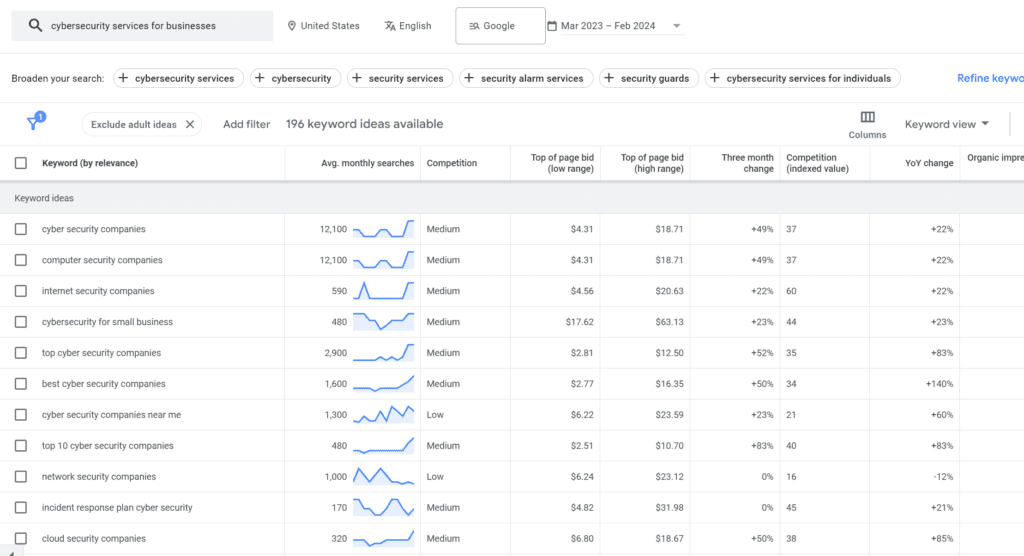ABM ROI: Separating Myth from Reality and Measuring Success for Account-Based Marketing
In today’s competitive B2B landscape, targeting high-value accounts is crucial. Enter Account-Based Marketing (ABM), a strategic approach that meticulously targets a defined set of these high-value accounts. While ABM promises significant ROI (Return on Investment), calculating and understanding its true return can be a mystery. Let’s separate myth from reality when it comes to ABM ROI and explore effective ways to measure success.
Myth #1: ABM ROI is Immediate and Easy to Calculate
Unlike traditional marketing with readily available metrics like website traffic or click-through rates, ABM deals with complex sales cycles, often involving nurturing relationships with targeted high-value accounts over time. This can make ROI appear slow to materialize. The reality is, ABM ROI is a long-term game. Patience and a focus on the right metrics are key.
Myth #2: High ROI Only Comes From Closed Deals
While closed deals are the ultimate goal, focusing solely on them for ABM ROI paints an incomplete picture. Consider the value chain:
- Increased Engagement: Measures like website visits, content downloads, and email opens from your targeted high-value accounts indicate growing interest.
- Shortened Sales Cycles: ABM can streamline the sales process by fostering pre-existing relationships with qualified leads from these high-value accounts.
- Larger Deal Sizes: Targeting high-value accounts often translates to bigger contracts, boosting overall revenue.
Metrics that Matter for Effective ABM ROI Measurement:
- Customer Acquisition Cost (CAC): Track how much it costs to acquire a new customer through ABM compared to traditional marketing efforts, specifically focusing on the acquisition cost of these targeted high-value accounts.
- Pipeline Velocity: Measure the speed at which qualified leads from your targeted high-value accounts move through your sales funnel. ABM should ideally accelerate this process.
- Account Engagement Score: Assign a score based on website activity, content interaction, and email responses to gauge the interest level of your targeted high-value accounts.
- Customer Lifetime Value (CLV): ABM often targets accounts with long-term revenue potential. Factor in CLV to understand the overall return on your ABM investment, considering the potential for repeat business and ongoing revenue streams from these high-value accounts.


Beyond the Numbers: Qualitative Measures of ABM Success
- Improved Brand Perception: Targeted ABM efforts can enhance your brand image among key decision-makers within your targeted high-value accounts.
- Stronger Account Relationships: ABM fosters deeper connections with high-value accounts, leading to long-term partnerships.
- Alignment Between Sales & Marketing: ABM requires close collaboration between teams, leading to a more unified approach specifically focused on converting those targeted high-value accounts.


Beyond the Numbers: Qualitative Measures of ABM Success
- Improved Brand Perception: Targeted ABM efforts can enhance your brand image among key decision-makers within your targeted high-value accounts.
- Stronger Account Relationships: ABM fosters deeper connections with high-value accounts, leading to long-term partnerships.
- Alignment Between Sales & Marketing: ABM requires close collaboration between teams, leading to a more unified approach specifically focused on converting those targeted high-value accounts.


ABM ROI: A Strategic Investment, Not a Quick Fix
ABM isn’t a magic bullet for immediate ROI. However, with a long-term perspective, well-defined metrics, and a focus on both quantitative and qualitative success factors tailored towards converting targeted high-value accounts, you can demonstrate the true value of ABM and secure long-term growth for your business.


